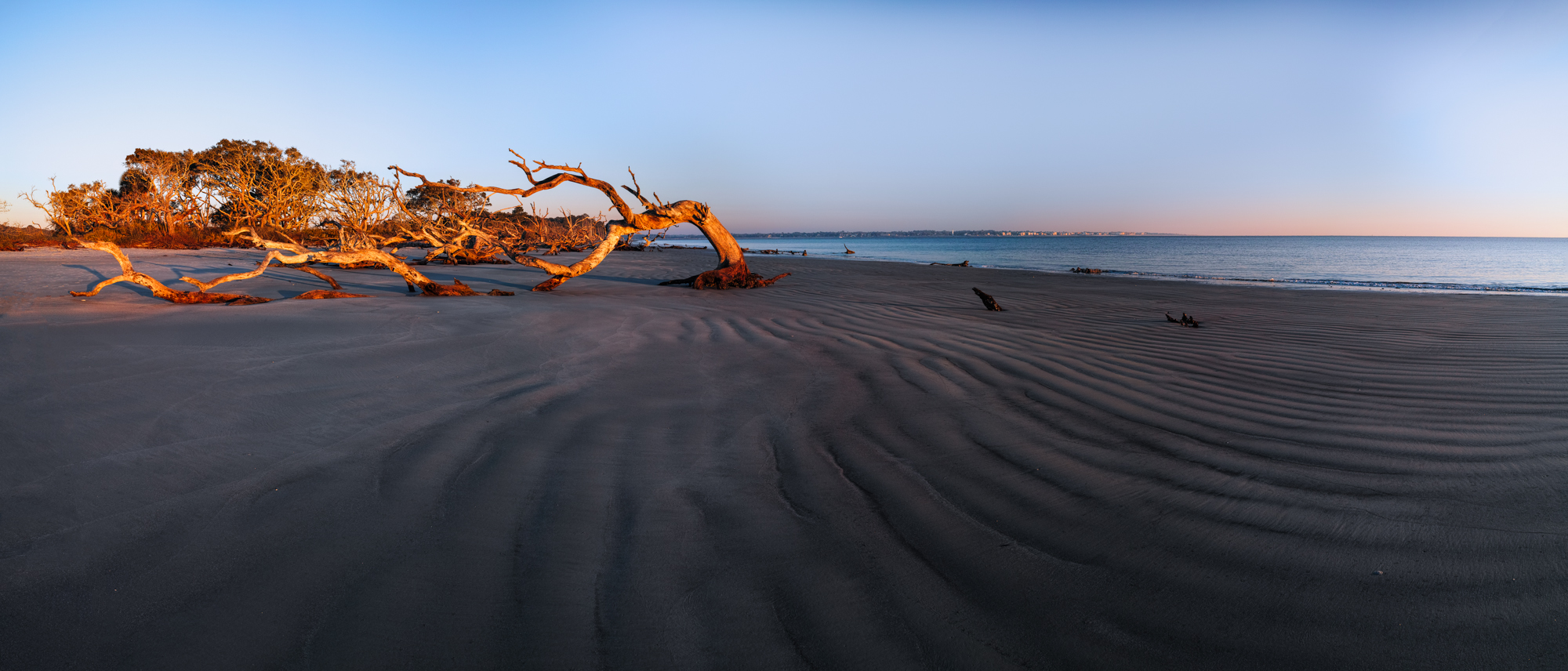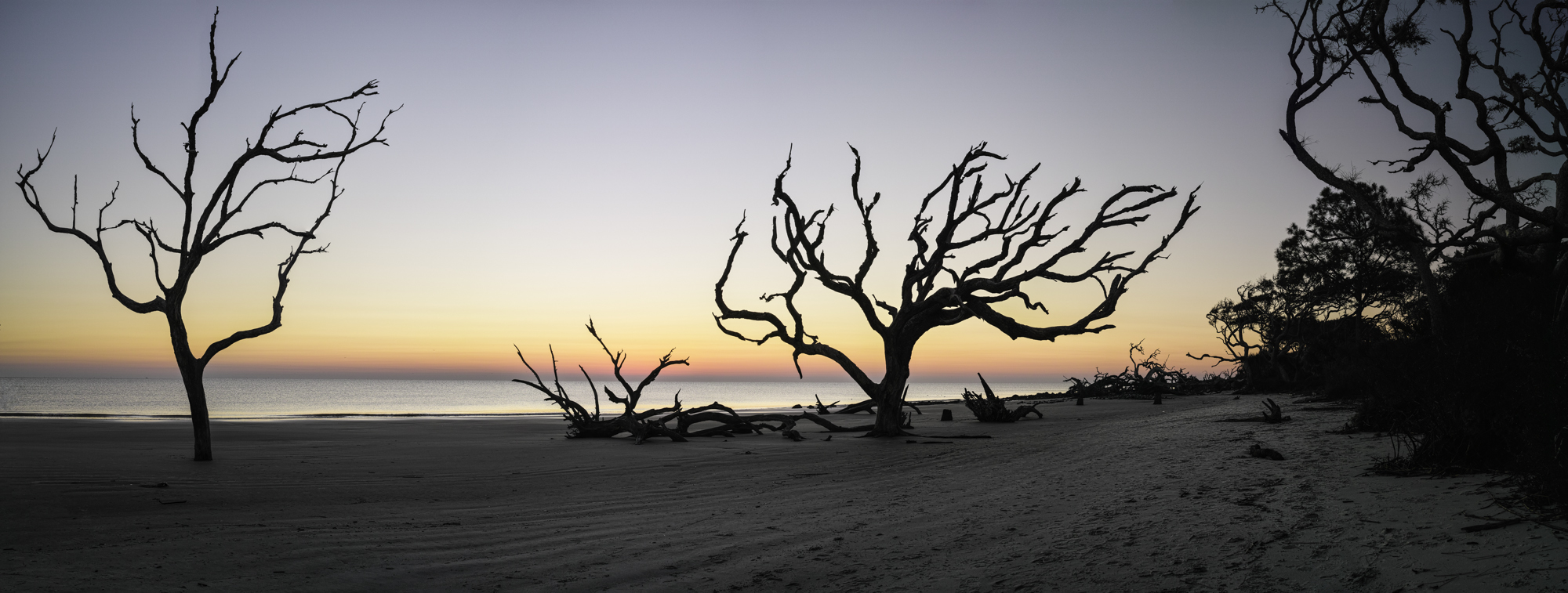Dan Daniel
Well-known
Been playing with stitching together DP2m (and DP1m) images. THis is four vertical frames, shot on a tripod and rotated with overlap. This is just the out of camera jpgs; I've done some X3Fs converted to tiffs and stitched, which lets me pull the sky back in and leads to silly levels of detail, something you'd never see on the internet.


rhl-oregon
Cameras Guitars Wonders
Great. Clearly one of the potentials for Foveon files is to emulate the big negatives of much bigger cameras.
I have not ventured into stitching territory except with actual needle/thread on torn pants. Would you mind describing your process, in SPP and whatever you use for tiffs?
I have not ventured into stitching territory except with actual needle/thread on torn pants. Would you mind describing your process, in SPP and whatever you use for tiffs?
Pioneer
Mentor
I second that. Give us a rundown on your process if you don't mind. I'll break out my DP3M and try to follow along.
Dan Daniel
Well-known
Well, I'll try. I am new to this so there are things I am still trying to understand.
Camera in Manual mode. Watch the metering over the scene to see the lightest area. Take images in simple sequence, moving camera maybe half a frame or a bit less coverage per shot. I think Photoshop recommends 40% overlap.
Be certain to overshoot, meaning go a half frame or more outside of where you think the image is. Stitching leads to some weird warps and bends and I'm finding that it's much better to have too much and crop than end up trimming off a tree or building because of the stretches and such.
Things I do not understand yet: Should I lock white balance? Since I am going to B&W I haven't worried about this. I have noticed color variations between frames, but when stitched this seems to be lessened.
I also don't understand changing exposure in a series. I need to get a handle of this. When the sky is in the frame and there are trees in shade, I can end up with a +2.0 to -1.7 range in the recommended metering. I need to test how the stitching handles exposure variations.
SPP: Again, I still have to learn. So far I have converted one image then used the same settings for all images in a group. I need to try making adjustments and see how the stitching handles it.
STITCHING: I am using Photoshop (CC; I know older versions have the program but I do not know what changes have happened over versions). FILE/AUTOMATE/PHOTOMERGE. Dialog box comes up- BROWSE to select files. Select a group (CONTROL/CLICK keeps adding individual files). Auto, Perspective, and Cylindrical seem to be the better options on the left. Select Vignette and Geometric at the bottom. The Auto Fill or whatever option is tempting but it always fails, so I avoid it- your call.
Select OK and go for a walk. Somewhat quickly a single selected image will come on screen and you'll think, EH???? but in a few seconds it starts the real fun and gives you a PROCESSING bar. I have a laptop with an intel i7 4th gen and 16 gb. A four image JPG stitching like above is 2-3 minutes? A 6 image TIFF will keep your machine busy for a while.
When the image finally comes out, you'll see empty spaces around the edge (unless you selected the auto fill thing). And you'll see the curves and such in the edges and will understand what I meant earlier- overshoot the edges!!
You might also see a series of ghost lines. Seems to be the major crop lines for each image. Changing magnification will make these disappear. If they come back as you work on the image, again just zoom in or out.
Each original image will have its own layer in Photoshop. I'll merge these down to one layer for sharpening etc. So far I haven't noticed any benefit to keeping the layers separate but again, new territory for me.
Well, from here you're in standard processing territory, except for file size.
If anyone has recommendations or experiences with other stitching programs I'd love to hear about it. Photoshop seems to do a good job but I don't know what else is out there.
Here's another one. DP2m. Hand held! 3 frames vertically shot. I don't think I even used manual metering, just Aperture. The second image is a detail. I don't have a good sense of image sizing for the internet but it's an attempt at 1:1 pixels. Detail from upper middle left edge of full image.


Camera in Manual mode. Watch the metering over the scene to see the lightest area. Take images in simple sequence, moving camera maybe half a frame or a bit less coverage per shot. I think Photoshop recommends 40% overlap.
Be certain to overshoot, meaning go a half frame or more outside of where you think the image is. Stitching leads to some weird warps and bends and I'm finding that it's much better to have too much and crop than end up trimming off a tree or building because of the stretches and such.
Things I do not understand yet: Should I lock white balance? Since I am going to B&W I haven't worried about this. I have noticed color variations between frames, but when stitched this seems to be lessened.
I also don't understand changing exposure in a series. I need to get a handle of this. When the sky is in the frame and there are trees in shade, I can end up with a +2.0 to -1.7 range in the recommended metering. I need to test how the stitching handles exposure variations.
SPP: Again, I still have to learn. So far I have converted one image then used the same settings for all images in a group. I need to try making adjustments and see how the stitching handles it.
STITCHING: I am using Photoshop (CC; I know older versions have the program but I do not know what changes have happened over versions). FILE/AUTOMATE/PHOTOMERGE. Dialog box comes up- BROWSE to select files. Select a group (CONTROL/CLICK keeps adding individual files). Auto, Perspective, and Cylindrical seem to be the better options on the left. Select Vignette and Geometric at the bottom. The Auto Fill or whatever option is tempting but it always fails, so I avoid it- your call.
Select OK and go for a walk. Somewhat quickly a single selected image will come on screen and you'll think, EH???? but in a few seconds it starts the real fun and gives you a PROCESSING bar. I have a laptop with an intel i7 4th gen and 16 gb. A four image JPG stitching like above is 2-3 minutes? A 6 image TIFF will keep your machine busy for a while.
When the image finally comes out, you'll see empty spaces around the edge (unless you selected the auto fill thing). And you'll see the curves and such in the edges and will understand what I meant earlier- overshoot the edges!!
You might also see a series of ghost lines. Seems to be the major crop lines for each image. Changing magnification will make these disappear. If they come back as you work on the image, again just zoom in or out.
Each original image will have its own layer in Photoshop. I'll merge these down to one layer for sharpening etc. So far I haven't noticed any benefit to keeping the layers separate but again, new territory for me.
Well, from here you're in standard processing territory, except for file size.
If anyone has recommendations or experiences with other stitching programs I'd love to hear about it. Photoshop seems to do a good job but I don't know what else is out there.
Here's another one. DP2m. Hand held! 3 frames vertically shot. I don't think I even used manual metering, just Aperture. The second image is a detail. I don't have a good sense of image sizing for the internet but it's an attempt at 1:1 pixels. Detail from upper middle left edge of full image.


Pioneer
Mentor
Very interesting. This is going to be fun!
I know people are doing it but I have never tried stitching with any camera so I may as well dive off into the unknown with a DP Merrill camera.
I know people are doing it but I have never tried stitching with any camera so I may as well dive off into the unknown with a DP Merrill camera.
ColSebastianMoran
( IRL Richard Karash )
I've done a lot of stitching.
My recipe:
- Camera on manual exposure. Shoot RAW
- Move L to R on a tripod for each row. Can do more than one row. Handheld can also work. Leave extra margin at the ends. Overlap 30%.
- Load all the RAWs into PTGui Pro
- Select your projection and away you go.
- Export as Photoshop large image format
- Touch up in PS.
Working this way, I've made some nice 100 MPx architectural photos; these print nicely 40" wide.
My recipe:
- Camera on manual exposure. Shoot RAW
- Move L to R on a tripod for each row. Can do more than one row. Handheld can also work. Leave extra margin at the ends. Overlap 30%.
- Load all the RAWs into PTGui Pro
- Select your projection and away you go.
- Export as Photoshop large image format
- Touch up in PS.
Working this way, I've made some nice 100 MPx architectural photos; these print nicely 40" wide.
j.scooter
Well-known
I really like that first picture, I hope it printed large and hung somewhere with prominence.
The best stitching software I have used is autopano giga.
You can try it for free.
The best stitching software I have used is autopano giga.
You can try it for free.
Dan Daniel
Well-known
Thanks for the ptgui and autopano recommendations. Both look very interesting and I will give the trials a run.
Any experience with the Pro version of ptgui versus the cheaper version? And the autopano plain versus giga? I don't need to do full 360 pans, etc., but there also appears to be various options that would be useful (necessary??) in the more expensive versions.
Ran across this site with reviews of stitching software- http://www.neopanoramic.com/
Any experience with the Pro version of ptgui versus the cheaper version? And the autopano plain versus giga? I don't need to do full 360 pans, etc., but there also appears to be various options that would be useful (necessary??) in the more expensive versions.
Ran across this site with reviews of stitching software- http://www.neopanoramic.com/
ColSebastianMoran
( IRL Richard Karash )
Dan, I just went with the Pro version when it became an option. I've been really pleased with this software from day 1.
gnuyork
Well-known
I just discovered the Sigma threads here. I am a big fan of the DP2M. I do stitch with it as well... I'm quite new to stitching in general (though these were taken a last year or the year before):




Share:
-
This site uses cookies to help personalise content, tailor your experience and to keep you logged in if you register.
By continuing to use this site, you are consenting to our use of cookies.

